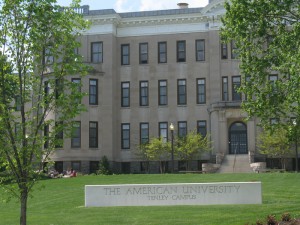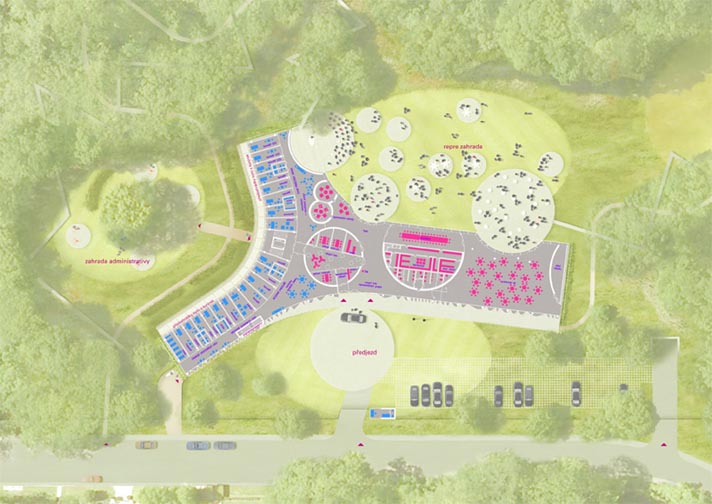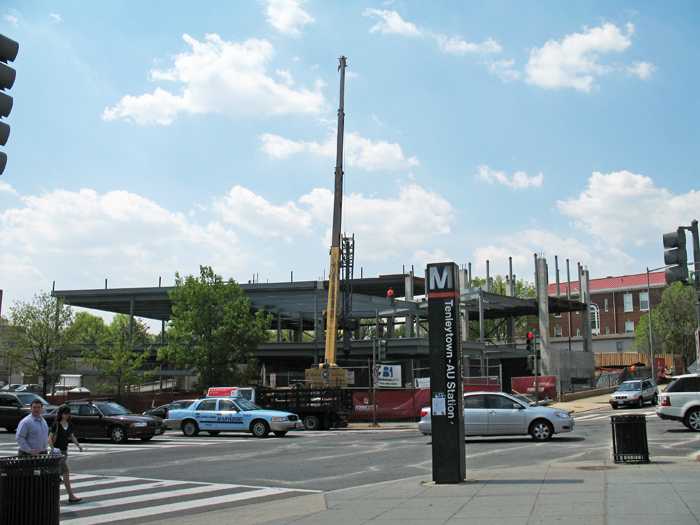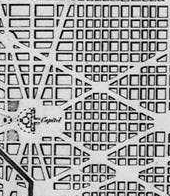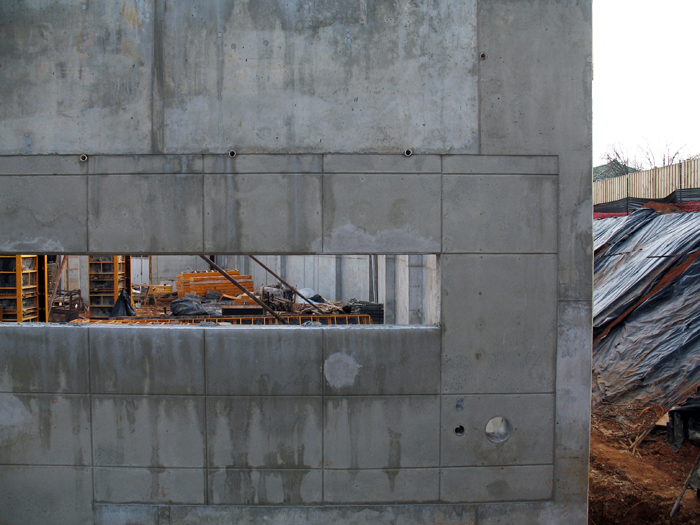TRAFFIC IMPACT DEMONSTRATION
A coalition of neighbors surrounding American University will be gathering
together this Thursday morning, May 26th from 8:30 am to 9:00 am to walk around
Ward Circle, crossing Massachusetts and Nebraska Avenues several times to
physically demonstrate the impact 600 or 700 students will have on traffic, if
AU puts the number of beds it wants on the Nebraska Avenue parking lot.Almost 21,000 vehicles use Mass. Ave. daily and about 24,500 use Nebraska. And
yet, AU’s flawed traffic study, which they are presenting to the Zoning Office
to get approval for their beds, claims that adding to the pedestrian traffic
load will have no impact on traffic at the circle.Help us show the city AU is wrong.
If we can get a large number of residents to walk around the circle several
times, wearing buttons that say “Stop the AU Campus Plan” and have a couple
more stationed on the sidewalk with signs that say “AU Plan Causes Gridlock”
“Honk if You Hate Gridlock” and put large “Stop the AU Campus Plan” in the
center of the Circle, our case will be self evident. Everyone will see
firsthand the traffic gridlock and noise pollution that will result if AU gets
its way.We need your commitment now. Join with your friends and neighbors to really do
something to get our plight noticed and have a little fun. We’re not just paying
lawyers to make studied arguments. We’re standing up for ourselves and using
our feet to fight for our neighborhoods!We’re meeting just inside the gate of Westover Place, in the front courtyard of
4300 Massachusetts Ave, behind the guardhouse at 8:30 Pick up your buttons and
those of you who want signs can get them. Then we’ll go up to the Circle and
cross the street.The guard at the gate will be alerted. Secret Code is “Stop AU”. There are
several guest parking spaces behind the Mass. Ave. wall which will work if we
all carpool.
Yep, the issues here do seem pretty self evident. So, if you’re in the area, think about talking to the poor folks. But just do mind to not inconvenience drivers. It’s their street.

